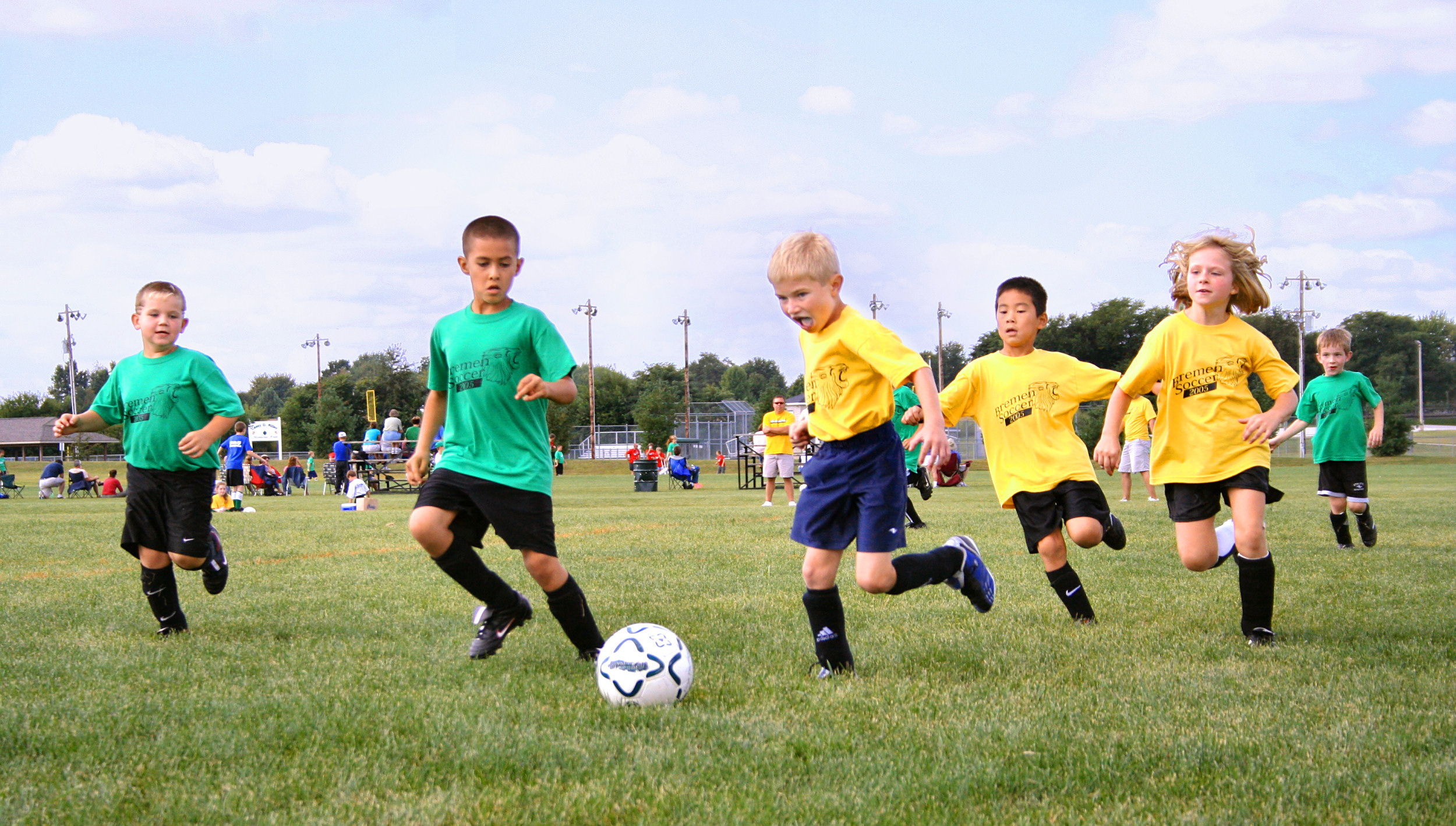Female and male athletes respond to education in a reasonably comparable manner. As the volume and intensity of education increases, so does cardio ability and overall performance. Body composition tends to alternate, whether male or female, indicating that physiologically, we’re all similar. Nutritionally speaking, the fuelling of education is identical, too. Regardless of the sport, strength consumption ought to have healthy power output to gasoline schooling and healing. For persistent athletes, carbohydrate intake needs to be about 7-10g consistent with kg/but (or 4g per lb/but). Performance tends to go through if it doesn’t, and fatigue creeps in. Despite apparently parallel education responses and “fuel” requirements among ladies and men, ladies engaged in a regular workout, mainly those with traumatic schooling and competition schedules, have specific nutritional desires.

Read More Articles :
- Debunking Six Law of Attraction Myths
- How To: Use Supermarket Food for Sports Nutrition
- Creating Space in Youth Sports Practices
- Sport Psychology: The Schedule for Emotions
- The Three Best Sports Video Games In 2011
These unique needs frequently replicate a particular time in a woman’s sexual improvement or at some point of one of the many hormonal changes that govern a lady’s lifestyle. Dramatic hormonal shifts provoke specific metabolic and chemical adjustments in the frame that demand particular nutrients. Needs exchange as a girl enters her pubertal years (onset of menarche), at some point of her reproductive years, and in the course of being pregnant, after which at the level that marks the give up of duplicate (menopause).
Disruption in a lady’s everyday menstrual functioning (e.g., G. Amenorrhoea) can also increase macro and micronutrient requirements (e.g., G. Calcium, magnesium, nutrition K, protein, and crucial fatty acids). The BNF’s briefing paper, Nutrition and Sport, reviews elevated calcium necessities in amenorrhoeic women and advises all girl athletes to be aware of power, calcium, and iron intake (1). Vitamin K supplementation has been proven to enhance markers of bone metabolism in a small organization of amenorrhoeic lady elite athletes (2). Vitamin K features within the synthesis of calcium-binding proteins.
Levels of iron inside the body are particularly vital given iron’s position in lots of enzyme features, and it is essential to a role in the formation of hemoglobin (seventy-five % of general frame iron is on this shape) and as a constituent of myoglobin (the O2 sporting cloth that capabilities inside the cells). Females have a higher rate of iron loss than men, in particular via blood loss through menstruation, as well as all through being pregnant and childbirth. This creates a higher iron requirement in girls normally.
An athlete’s iron popularity (measured with tiers of blood hemoglobin, hematocrit awareness, and plasma ferritin stages) may also be compromised because of several things once associated with schooling. These were recognized as bleeding in the digestive system, inadequate eating regimen and negative iron absorption, lack of iron via heavy sweating, red blood cell breakdown because of trauma created with the aid of sure high-effect sports (e.g., G. Long-distance running), or even over-frequent blood donation.
It has not but been virtually mounted whether or not iron depletion (low ferritin concentrations and decreased bone marrow iron) negatively affects performance; however, without a doubt, low ferritin isn’t something to be not noted. Many, however, advocate adjustments in plasma ferritin concentration are due to both heavy schooling or as a response to infection, and coffee blood hemoglobin in some athletes is actually due to plasma volume expansion.
Assessment of iron popularity in athletes is honestly not sincere.
Considering measured indices of iron repute, individual nutritional conduct, digestive function, menstruating patterns, and other factors needed to help decide the effect of iron reputation on a selected man or woman’s overall performance. It is honest to say that in some instances, borderline measurements or the ones at the decrease quit of “normal” are frequently clinically significant, and iron supplementation produces significant enhancements in iron status and performance (3).
Inorganic iron styles (e.g., G. Ferrous sulfate, ferrous gluconate) are notoriously poorly absorbed and regularly cause gastrointestinal problems and constipation. More importantly, they regularly fail to elevate Hb stages. Where iron supplementation is deemed appropriate (i.e., E. Anaemia), severe consideration must be the delivery of new “food-shape” iron supplements. Food-form iron is a version of iron grown into yeast cells, and the absorbability of yeast-based iron is a great deal toward haem iron. It also produces little or no uncomfortable side effects.
Calcium
National surveys have consistently suggested low calcium intake in young ladies (four, 5, 6) and girl athletes (2, 7). This is normally due to low energy intakes, fad diets, or poorly deliberate vegetarian and vegan diets. Inadequate calcium intake and poor calcium reputation are compounded by diets comprising excessive phosphorous, excessive salt, and excessive caffeine food and drinks. These have a poor impact on calcium stability due to a growth in urinary calcium excretion (eight).
Calcium and bone fitness
About 60% of a person’s bone is laid down all through adolescence (9) when calcium deposition is at its maximum (10). This is due to an increase in the hormones estrogen, growth hormone, and calcitriol. Mechanisms are put into paintings that result in a common stimulation of bone cellular manufacturing and maturation. Bone resorption is out-weighed via bone deposition, leading to a growth in universal bone mineralization. There seems to be a vital 4-12 months period at some stage in teenage years, from the long time of approximately eleven years, during which the maximum of the full benefit in bone mineral density (BMD) and content material (BMC) is collected (9).
Female athletes are an exceptional sub-magnificence, all collectively concerning calcium desires. Up to 400mg of calcium is misplaced (in males) via sweat alone from a 2-hour training session (17), and although Ca losses in ladies are not likely to be that excessive, any lady athlete, including marathoners or triathletes, schooling twice a day… Might be susceptible to no longer getting enough calcium in the weight-reduction plan to acquire a nice Ca balance.